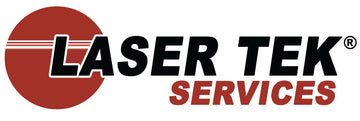In an ideal setting, the computer and printer should be designed as a single unit to avoid communication issues. Instead, both have become standalone devices and connected by a printer cord.
That is why connectivity issues continue to haunt users since plug-in type of connection almost always fail at the contact points. It becomes a necessary evil for users to really know how to connect printer to computer properly and reduce if not eliminate related dreaded connectivity issues.
It is important that a secure connection should be established, because the flow of information must be assured. You see, printers can only print if data is supplied by the computer and vice-versa. Failure to secure the printer cord communication lines, would cause the breach and printer not to print at all.
Modern day printers and computers are now supplied with a USB Cable, the printer cord suited for the devices. It is specifically designed as an accessory because one end is a flat connector that fits securely into the computer’s USB port. The other end is squarely designed to also fit snugly into the printer’s USB port.
The ends of the USB cable are not interchangeable, so users will always be assured of proper connection. You, simply plug the ends into the computer and printers USB port, there is no special skills needed. But, always see to it that the ends are pushed firmly to secure a really tight connection.
Pushing it firmly is important because a loose contact point always result in terminal points heating up. The reason loose metal contacts heats up when electricity is made to pass through it. When left for a time, heat causes the contacts to contract resulting in connectivity issues.
Remember, how to connect printer to computer is really easy, just look for a USB Cable regularly available in computer supply shops. By the way USB ports and USB cables have become generic, so users can never go wrong.
A USB cable is the printer cord specifically designed to connect your printer to a computer.





